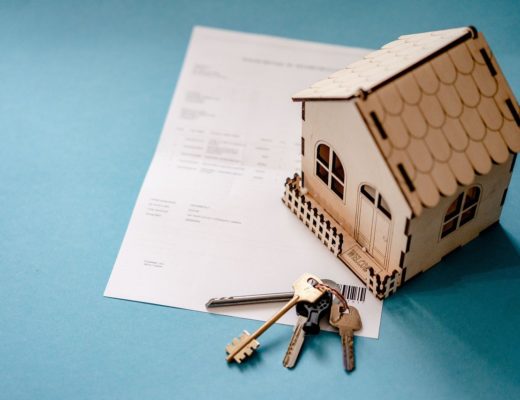What Is A Balloon Payment?
A balloon payment is a large payment due at the end of a balloon loan, such as a mortgage, a commercial loan, or another type of amortized loan. It is a lump sum paid at the end of a loan’s term that is significantly larger than all of the payments made before it. Balloon payments allow borrowers to reduce that fixed payment amount in exchange for making a larger payment at the end of the loan’s term. On installment loans without a balloon option, a series of fixed payments are made to pay down the loan’s balance. In general, these loans are good for borrowers who have excellent credit and a substantial income.
Understanding Balloon Payments
The term “balloon” indicates that the final payment is significantly large. Balloon payments tend to be at least twice the amount of the loan’s previous payments.
In a “balloon payment mortgage,” the borrower pays a set interest rate for a certain number of years. Then, the loan resets and the balloon payment rolls into a new or continuing amortized mortgage at the prevailing market rates at the end of that term.
Takeaways
- Lower monthly payments than traditional loans
- Higher risk due to lump sum payment
- Usually restricted to most creditworthy and income stable borrowers
- Usually, a balloon payment is not used in a typical 30-year home mortgage.
- A balloon payment can be a big problem in a falling housing market when owners might not be able to sell their homes for as much as they anticipated before the payment comes due.
Pros and Cons of Balloon Payment Loans
Balloon payment loans are a complex financial product and should only be used by qualified income-stable borrowers. For example, this type of loan would be a good choice for the investor who wishes to minimize short term loan costs to free up capital. For businesses, balloon loans can be used by companies who have immediate financing needs and predictable future income.
Balloon payments can be a big problem in a falling housing market. As house prices decline, the odds of homeowners having positive equity in their homes also drop and they might not be able to sell their homes for as much as they anticipated.
In addition, if house values drop, a borrower will have a very difficult time having enough equity in their home to refinance to pay off a balloon payment. As such, it’s very important to consider housing market cycles before agreeing to a balloon payment. One definitely needs to consider what the future may entail before agreeing to a balloon payment.
In the event, the balloon payment cannot be paid off, borrowers often have no choice but to default on their loans and enter foreclosure, regardless of their household incomes.
Pros:
- Low or no initial payments
- Enables borrowers to access affordable short-term capital
- Can help cover financing gaps
Cons:
- Costs of loan can be higher in the long term, especially if the loan is interest-only
- Poses more risk than traditional loans due to payment schedule
- There’s no guarantee that you’ll be granted a refinance to switch the debt obligation
The Truth in Lending Act Regulations require that banks thoroughly investigate a borrower’s ability to repay before granting any mortgage. Some lenders have historically worked around this with balloon mortgages because most consumers have limited ability to make major balloon payments. Some lenders, therefore, didn’t include these large payments in their evaluations, instead basing a buyer’s ability to repay on just the preceding payments.
The Regulation sets forth specific criteria that lenders must meet before they can disregard balloon payments from their analysis.



No Comments